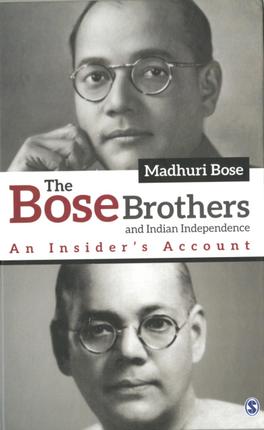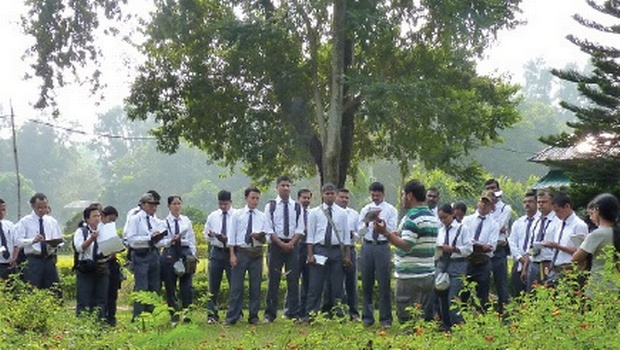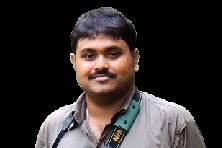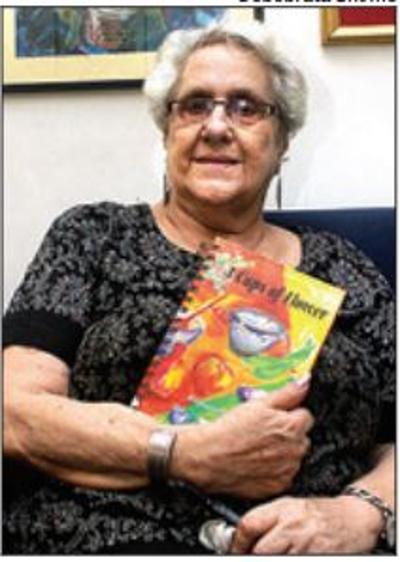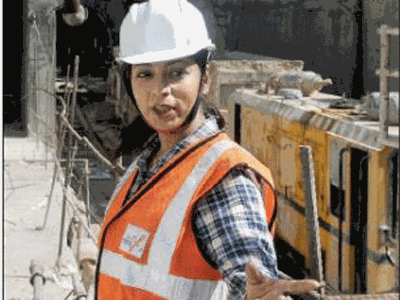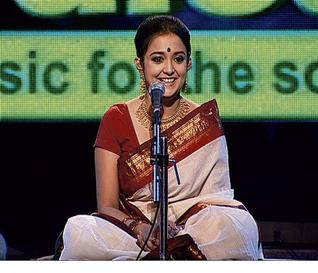A journey through the Indian independence movement of the 1920s through an illuminating collection of notes, letters and personal correspondence
Author Madhuri Bose, granddaughter of Sarat Chandra Bose (elder brother of Subhas Chandra Bose) and daughter of Amiya Nath Bose, takes the reader through the most important period of the Indian Independence Movement of the 1920s by reproducing the personal correspondence between the Bose brothers — notes and information collected mostly from her father who was an eyewitness to happenings during the crucial years of freedom struggle. She declares in her introduction, “this is not a biography of the Bose Brothers but based on family perceptions, insights and analyses of the roles of the key personalities, with a focus on Sarat and Subhas over the three decades from the early 1920s”.
The story is told mostly from the view of her father and his notes. Chapter 1 describes Amiya’s close connection with the Bose brothers, though they are physically separated. The narration is both informative and highly touching. She talks of the time Subhas was detained on January 2, 1932.
For a few months, he was allowed to stay with his brother Sarat in prison, but was shifted to Madras penitentiary where he became ill. He was then transferred to Bhowali in Northern India when the seriousness of illness was recognised. Subhas was then sent to Europe — by train to Bombay and then aboard a ship to Vienna on February 22, 1933. The authorities allowed young Amiya to accompany Subhas from Calcutta to Bombay. It was then that Subhas showed Amiya the copy of his hand written thesis on Hindustani Samyavadi Sangha that he had written during his Madras detention. Incidentally the contents were discussed with three members of Comintern (Communist International) later by Subhas in Vienna.
Chapter 2 deals with the difficult time faced by the family when the brothers were under detention by the British. In 1921, 24-year-old Subhas had returned from London after declining to join the Indian Civil Service and joined the movement for freedom.
While interned in Mandalay jail, Subhas wrote Pebbles on the Seashore, a collection of stray thoughts.
The third chapter deals with his reaction to Gandhiji’s suspension of the Non-Cooperation movement and the starting of a new daily with C.R. Das as editor and Sarat as Managing Director.
Chapter 4, the most important chapter of the book, deals with parting of the ways between Gandhiji and the Bose brothers. Copies of telegrams are reproduced here, indicating the beginning of the divide. On January 31, 1939, Gandhiji wrote of the defeat of his candidate Pattabhi Sitaramaiyya and concluded that he rejoiced at the victory of Subhas “. . . after all, Subhas Babu is not an enemy of his country.” In a lengthy letter, Sarat addressed Gandhiji on the prevailing condition in the Congress and how unhappy he was by the turn of the events.
However, at a later date, Gandhiji asked Amiya to convince Sarat to join the Congress again, and Amiya, in hindsight, felt that Sarat could have played an important role had he re-joined the Congress then.
More recent past is explained in the chapter ‘Partition — a Bitter Pill’. Sarat was to write later, “Gandhiji’s acceptance of Rajaji’s formula is nothing short of a tragedy in India’s political life.”
The epilogue deals with all principal characters of the book and it is heart-rending to read some of the letters. The book closes with a touch of disappointment in Amiya’s feeling of not being able to realise his father’s dream.
K.R.A. Narasiah is a writer and historian.
The Bose Brothers and Indian Independence: An Insider’s Account; Madhuri Bose, Sage Publications, Rs. 750.
source: http://www.thehindu.com / The Hindu / Home> Books> Literary Review / by K.R.A. Narasiah / April 30th, 2016
